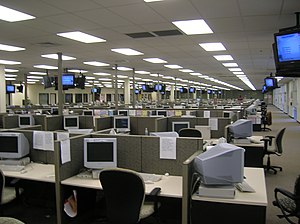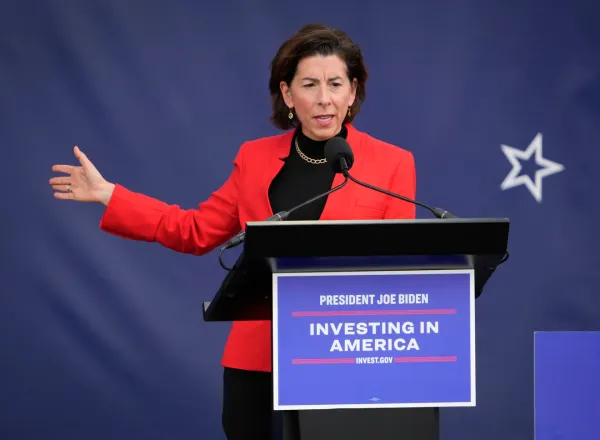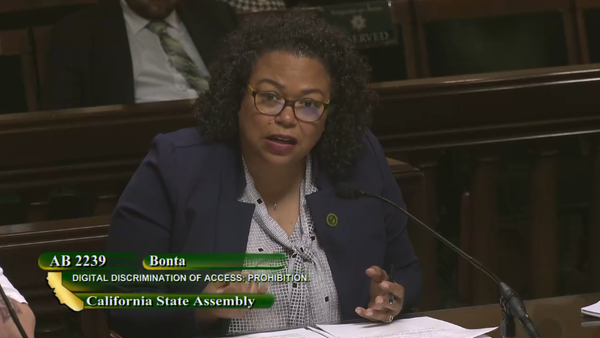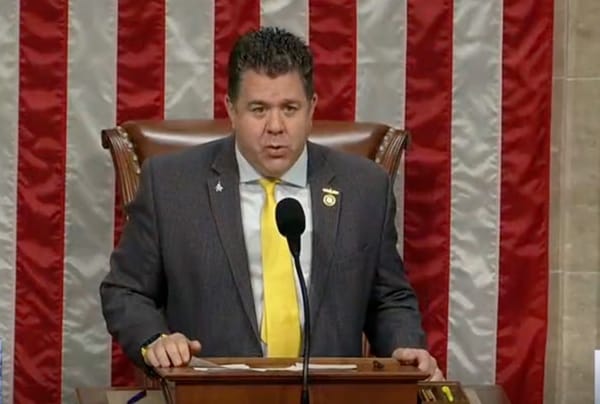Customer Service: Costs of not doing it well
It is estimated that poor customer service has cost the Cable/Satellite Industry over $12 billion in lost revenues over the past year, ahead of the financial services industry with more than $10 billion in losses.

- Image via Wikipedia
It is estimated that poor customer service has cost the Cable/Satellite Industry over $12 billion in lost revenues over the past year, ahead of the financial services industry with more than $10 billion in losses; which is startling considering Cable/Satellite companies project themselves as the future of home and business subscription services of all things information and entertainment.
How can these companies survive with such a poor record of customer care? Take the up and coming consumers, ages 27 – 43, who terminated services most frequently at 1 ½ times per year compared to older consumers. These consumers are the target audience that Cable/Telecom companies want the most due to their powerful (Triple Play) buying power. These companies will be looking toward a future where smart and educated consumers, the ones most sought after, will be willing to change providers at the least inkling of poor service. See (MediaPost – Research Briefs), based on research created by Genesys, with research firm Greenfield Online and Datamonitor/Ovum analysts.
Some of the most common reasons for bad experiences relate to call center incompetence, and voice self-service.
These experiences can be attributed to:
- Repeating customer specifics
- Caught in automated self-service
- Kept on hold
- Service Reps who do not recognize individual customer value
- Being transferred from department to department
Obviously, these experiences have been exacerbated due to the consolidation of call centers, as well as the outsourcing of these centers. As stated in earlier posts, see (Top 10 Predictions for 2010), customer service will become a top priority in consumer value beginning in 2010 going forward. It has not escaped consumers that along with a continual rise of rates for Cable/Telecom services, due to a primary focus of increased technology roll-outs, a customer service focus has become secondary with continued customer contact consolidations and cost cutting measures as they target maximization profits. As a result technology and prices went up, while customer service spending was targeted for cuts.
As a new generation of consumers and businesses clamor to be connected, not only to each other, but to the world through Broadband, Digital TV, IPTV, and Business Services, they continually want a good experience with their providers when it comes to customer service. Many companies have turned to an Internet Self-Service Model to give consumers more of an immediate response to their issues, especially in the broadband, and VoIP sectors. These tools can repair connections quite quickly without having to phone a call-center and go through the automated voice response.
This is not to say that the Call Center will disappear anytime soon, but it does indicate a trend in how poor this method of customer service has performed, and how customers are using any alternative method available to bypass bad experiences to have problems resolved quickly and easily. Since companies are not going back to the local CSR formula that worked so well in the past, maybe they can create and online experience to solve the problems it created, and save over $13 billion per year for not doing customer service well.

![Reblog this post [with Zemanta]](https://img.zemanta.com/reblog_b.png)





